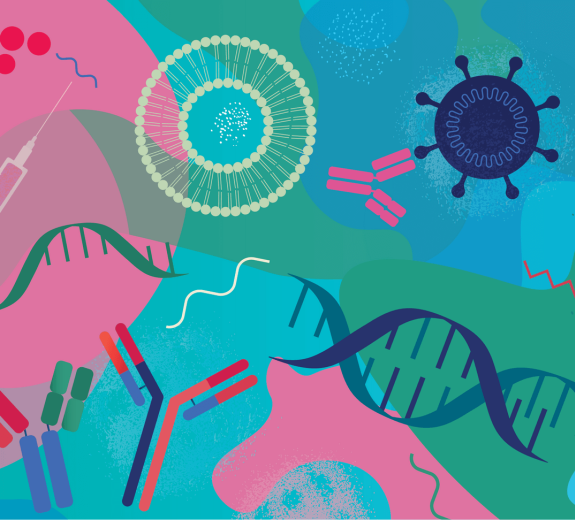Key Questions at the Start of the Pandemic
In the early weeks of the pandemic, researchers at BRI and around the world launched countless COVID-19 studies. Most of them were looking at patients who were hospitalized with severe illness. But Dr. Malhotra wanted to learn more about which early symptoms and other indicators might predict severe illness down the road.
“No one was really looking at this and I wanted Aaron to work on something completely new,” Dr. Malhotra says.
The partnership between BRI and VM made it possible to gather and analyze key COVID-19 data quickly. Once the study was approved by the internal review board, BRI researchers had access to data from 180 people who came to VM with COVID-19 between March and May 2020. Of the 180:
- 153 recovered at home with no complications
- 27 had complications that brought them back to the emergency room or urgent care
- 14 of the 27 were hospitalized and ultimately two among them died from the disease
BRI Biostatistician Alyssa Ylescupidez led data analysis. She used advanced tools to look for patterns among the patients who had mild versus severe illness.
“We used a statistical modeling approach to determine how well we could predict who was at the highest risk for future complications or would need hospitalization,” she says.
What Shortness of Breath Says About COVID-19
This analysis highlighted that a patient’s early symptoms could help predict their outcome: Flu-like symptoms — fevers (even high fevers), chills, cough, body aches — were not indicators of severe disease. But patients who experienced shortness of breath were much more likely to subsequently develop serious complications.
Levels of lymphocytes, a type of white blood cells, were also a key indicator. Not every patient had a blood test. But for those who did, there was a correlation between low levels of lymphocytes and subsequent severe disease and need for hospitalization.
“This simple test is another parameter that could inform physicians if a patient’s condition is likely to get worse,” Dr. Malhotra says. “They could do the blood test to help predict the prognosis.”
Other Predictors of Severe Illness
Age and gender also helped predict outcomes: Patients who were younger and female had a better prognosis than those who were older and male. Comorbidities (having another condition like heart failure or diabetes) were also predictors of severe disease.





